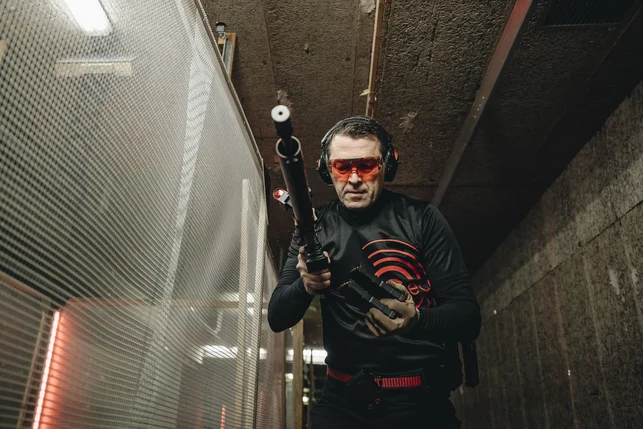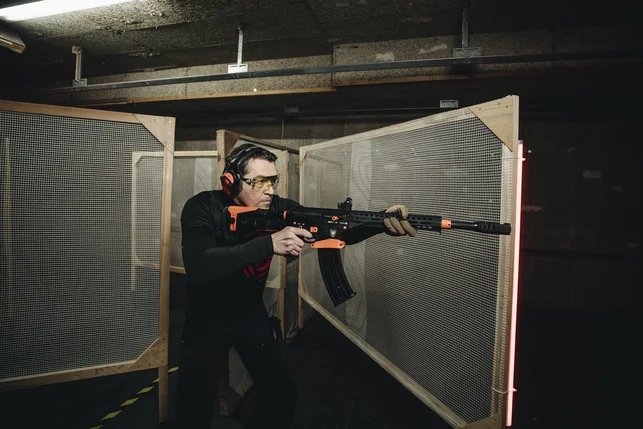Sascha Back
At the second IPSC World Championship for Dynamic Rifle Shooting in Sweden in the summer of 2019, 669 participants from 38 nations participated...
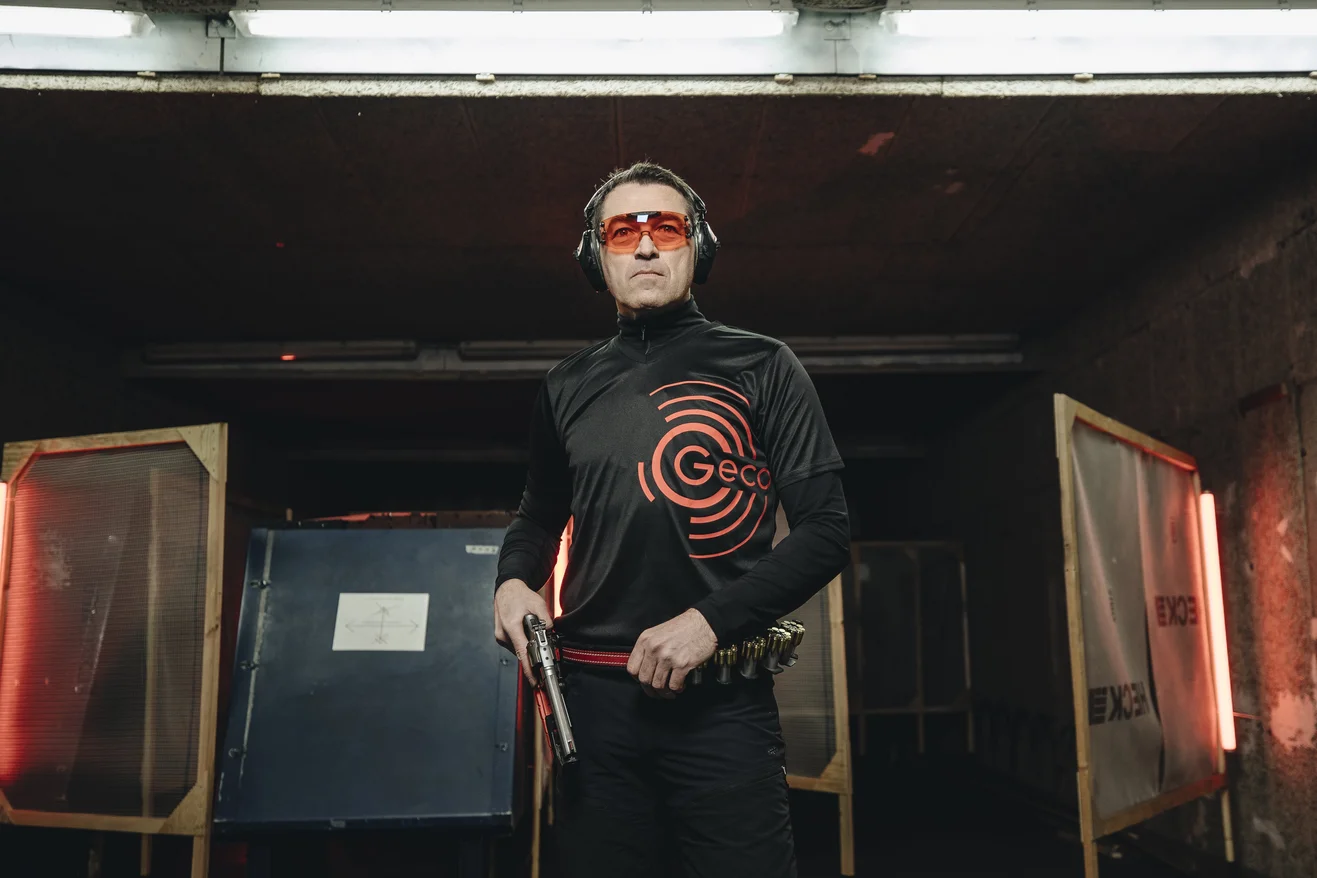
GECO TARGET FMJ .223 Rem. 55 grain
As a sponsor, GECO was also the match ammunition supplier and provided the .223 Remington / 55 grain FMJ. This came as a great relief for me considering the journey and the luggage I needed, since I didn’t have to bring any ammunition with me. It also relieved any concerns I had, since I knew the cartridge well and didn't have to worry about its reliability or precision.
Centrefire rifle cartridges
GECO TARGET FMJ
GECO TARGET FMJ is particularly suitable for use with semi-automatic weapons with a high rate of fire. Maximum accuracy guaranteed. Particularly suitable for IPSC.
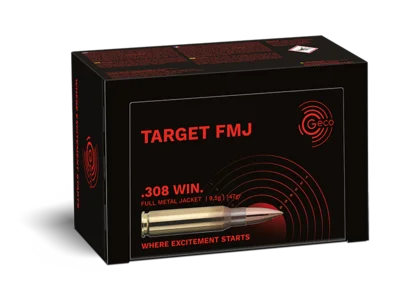
Calibers:
Centrefire rifle cartridges
GECO DTX
GECO DTX is designed for shooters who use a lot of ammunition and is particularly suitable for simple practice.
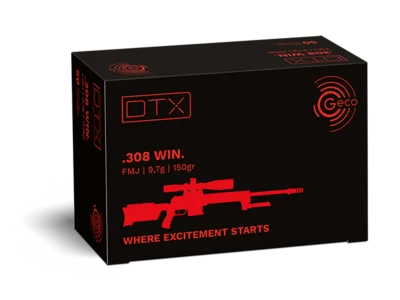
Calibers:
Centrefire rifle cartridges
GECO TARGET HP
GECO TARGET HP guarantees outstanding accuracy even at long range. Suitable for competitions and practice.
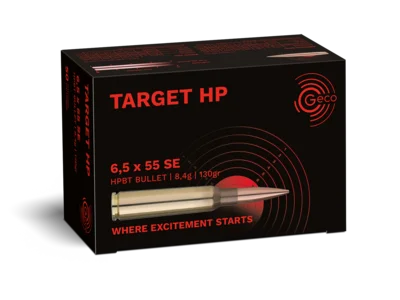
Calibers:
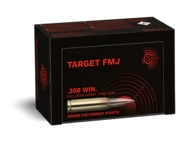
GECO TARGET FMJ
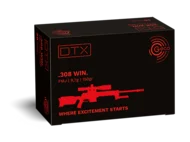
GECO DTX
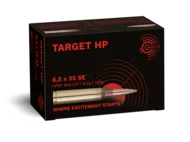
GECO TARGET HP
IPSC World Championship 2019 in Sweden
The World Championships wasn’t held on a conventional shooting range with classic ranges and bullet traps, which was extremely unusual for many participants, but rather on the grounds of the Swedish army in open fields, forests and meadows. This situation created a special flair for this competition while at the same time increasing the difficulty of the match. At conventional shooting ranges, one gets used to the fact that distances to the targets are known very precisely and that the undersurface remains relatively uniform from stage to stage. Here, on the other hand, only the approximate minimum and maximum distances to the targets were given in the stage briefing and the undersurface varied from wooden planks to gravel paths to cross-country courses through the forest. There was not a single wall to trap any bullet on the 30 stages - once even two targets were targeted at an angle of about 45 degrees against the open sky! As a marksman you don’t get this every day. Overall, the stages were wonderfully integrated into the spectacular landscape. Logistically this was a great achievement, as it was necessary to arrange 30 courses in such a way that no stage could be subjected to the hazard of projectiles fired on another stage.
The 30 stages with a total minimum number of about 500 shots per participant were divided into 5 zones. The stages themselves were extremely demanding and several shooting skills were often required within one exercise (standing, kneeling, lying, high, medium, low windows). There were several stages including everything from targets in the immediate vicinity to the mid-range to targets at 200 to 330 metres! Unfortunately, we often lack this mix of targets at different distances at German matches due to he limited shooting stand options. Here one is acquainted more with "pistol stages" of up to 25m or maybe 50m or even then the long-distance stages with a few targets over 300m, which are then garnished with a few targets over shorter distances. At the World Championships there were several courses upon which not all the targets could be seen from the area in which the shooters were allowed to stay before and during the competition. Because of this, laser rangefinders were practically useless here.
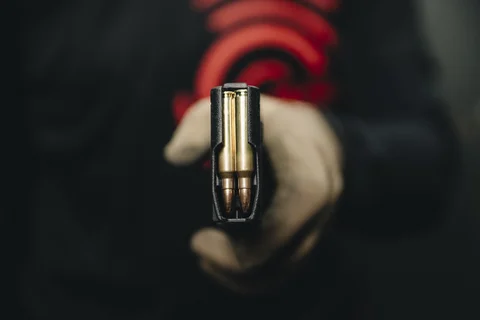
Only during the dry run ("walkthrough") and scoring run could all the targets in the stage be seen from the final positions or in between. Depending on the individual shooting distance, it makes a considerable difference whether a small steel target is at 180 or 240 metres. Often a rapid, sure, standing free-hand shot at distances of up to 100 metres and a quick change between short and long distances were required if you wanted to achieve a good result. There was of course almost always an option of using a bipod when the distances increased. But in order to remain reasonably competitive, you often had to shoot free-hand as well, so as not to lose too much time by kneeling or lying down.
As expected, the GECO 55 grain FMJ didn’t let me down, because I was able to hit even very distant targets up to 360 metres away in 30 really challenging, difficult stages in the open terrain of the military shooting range.

